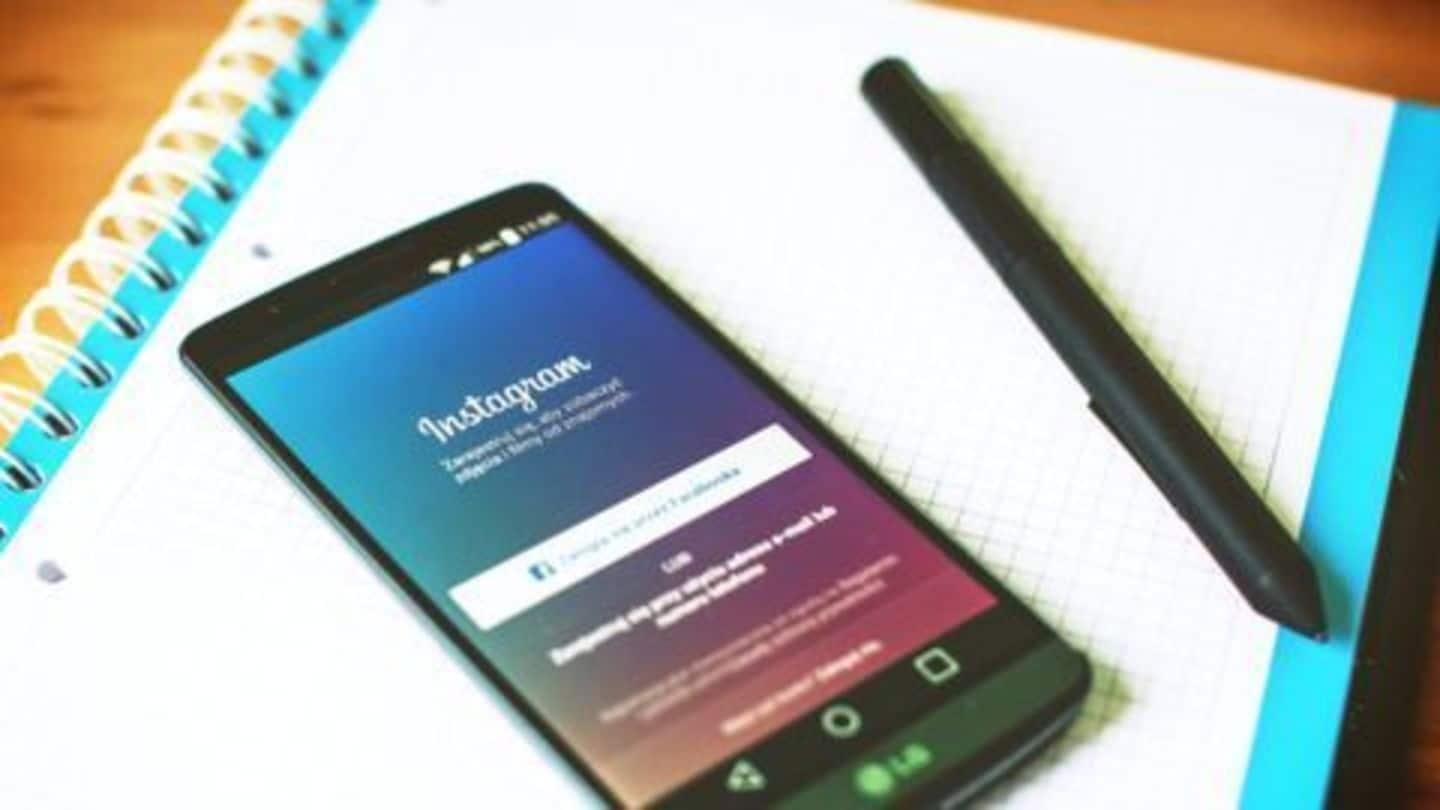
Algorithm to diagnose depression from Instagram photos developed
What's the story
Researchers from Harvard and the University of Vermont claimed Instagram photos could be used to diagnose depression and mental illnesses at a very early stage. They have developed an algorithm which can check photos posted by users on Instagram to spot depression. They said users who post darker or grayer pictures are likely to be depressed compared to those who share vibrant-colored images.
Introduction
What is Instagram?
Instagram is a free online photo sharing, video sharing, and social networking mobile application that is available in 25 languages. Instagram is a portmanteau word created from "instant camera" and "telegram". It was developed by Kevin Systrom and Mike Krieger in San Francisco and was launched in October 2010. Facebook had bought Instagram in April 2012 for $1 billion in a high-profile takeover.
Colors, Mental State
Connection between the colors and mental state
According to the scientists, our mental health is reflected in the pictures we choose to share on social media. They have trained a machine than can scan through uploaded Instagram images and identify depression. The researchers said the connection between the colors a person uses and his/her mental state exists. Darker or grayer colors represent negative moods while lighter, brighter colors represent positive moods.
Information
Surveyed 170 workers
Reportedly, the scientists chose 170 Amazon Mechanical Turk Service workers to conduct the test. All of them had Instagram accounts while 70 of them were clinically depressed.
How?
How were the participants tested?
All the participants were given a questionnaire, including a standard clinical depression survey. The participants were asked to share images from their respective Instagram accounts. About 100 pictures from each participating Instagram user were selected. The raters were asked to rate each of those images on a 0-5 scale based on how happy, sad, likable or interesting the image seemed.
Data
Objective measures
The researchers reportedly evaluated each photo using objective measures like color saturation, hue, contrast, how vivid the image is, faded or gray, etc. The number of faces each photo had was also taken into account to assess the user's social activity.
Results
The algorithm had a 70% success rate
Using all the collected data, the scientists used a machine-learning algorithm to identify correlations between photos and depression. It was found increased hue, decreased saturation and brightness predicted depression. The study also showed non-depressed, and depressed people use filters differently; depressed individuals aren't likely to use filters. The algorithm was correctly able to spot depression with a 70% success rate, according to the scientists.